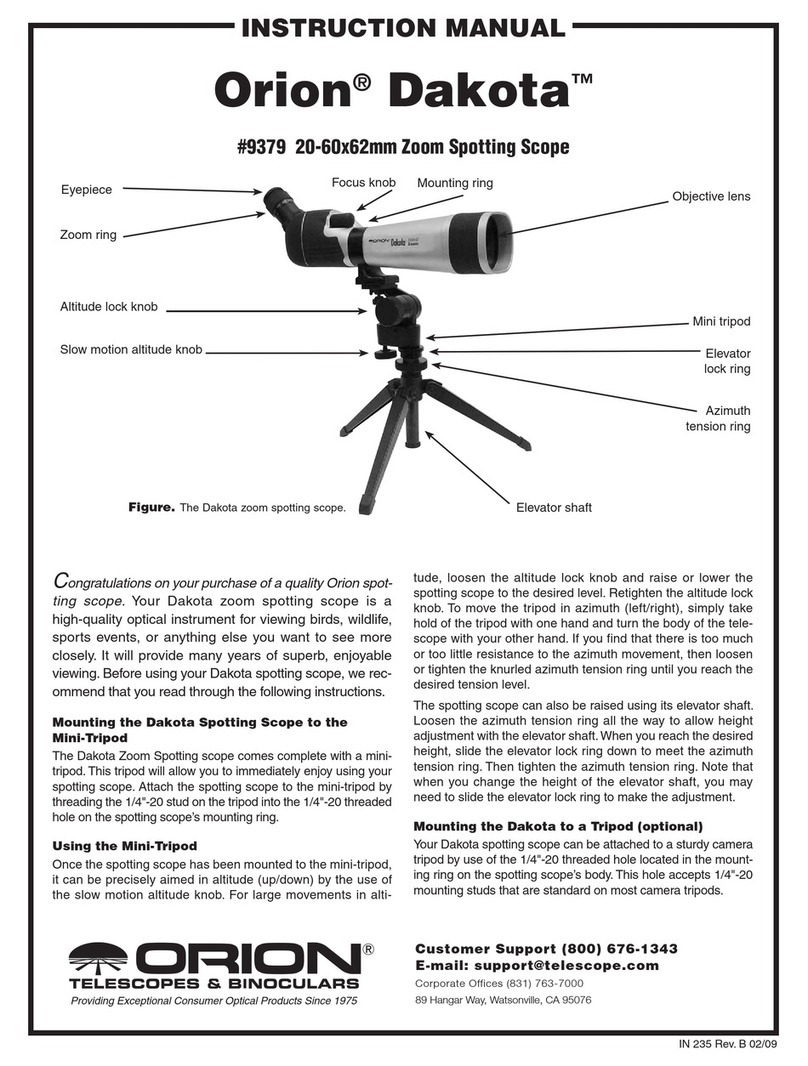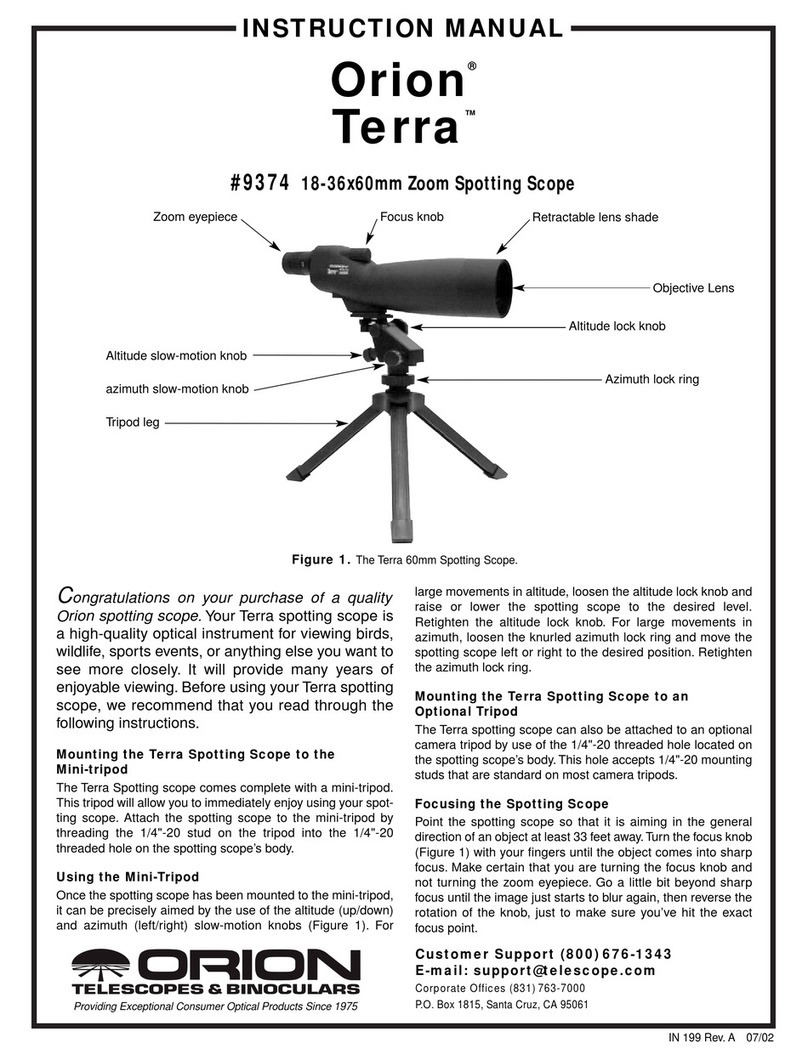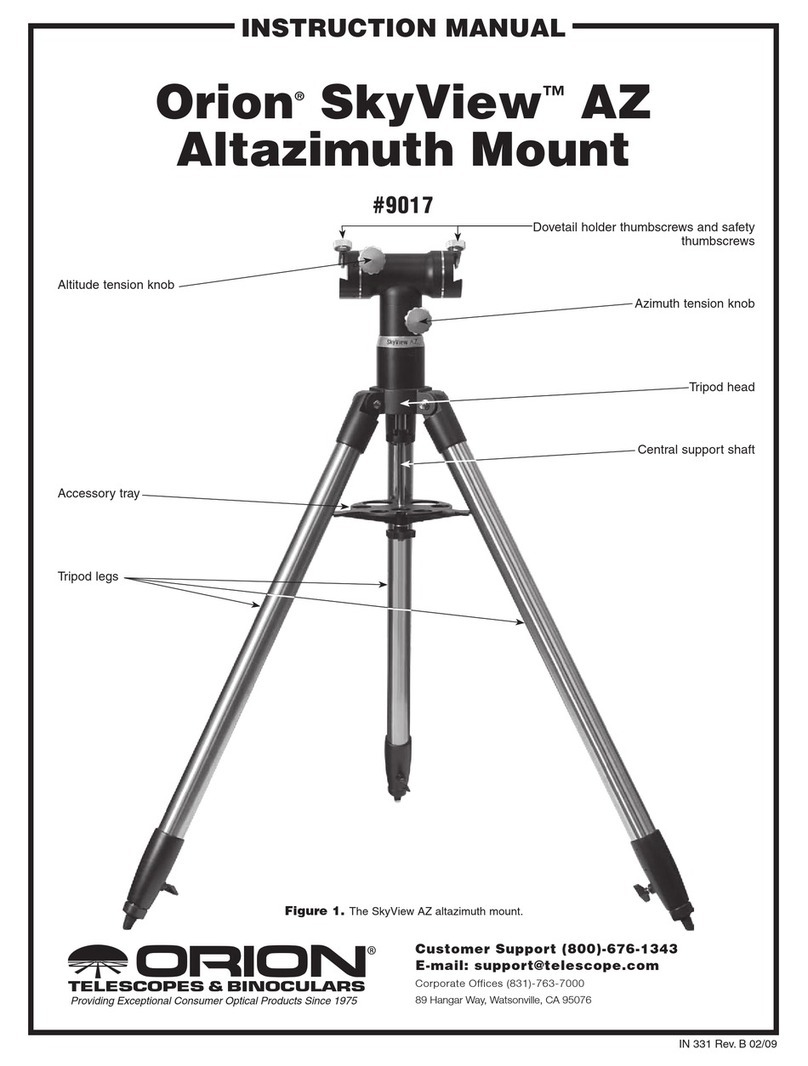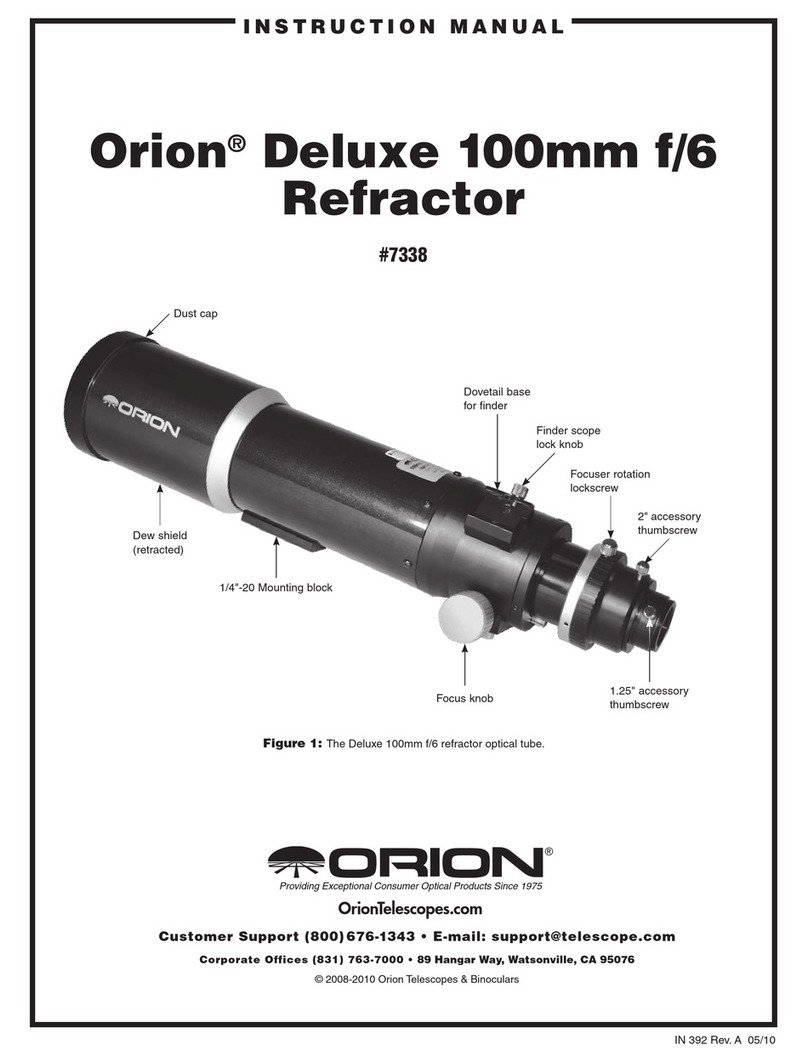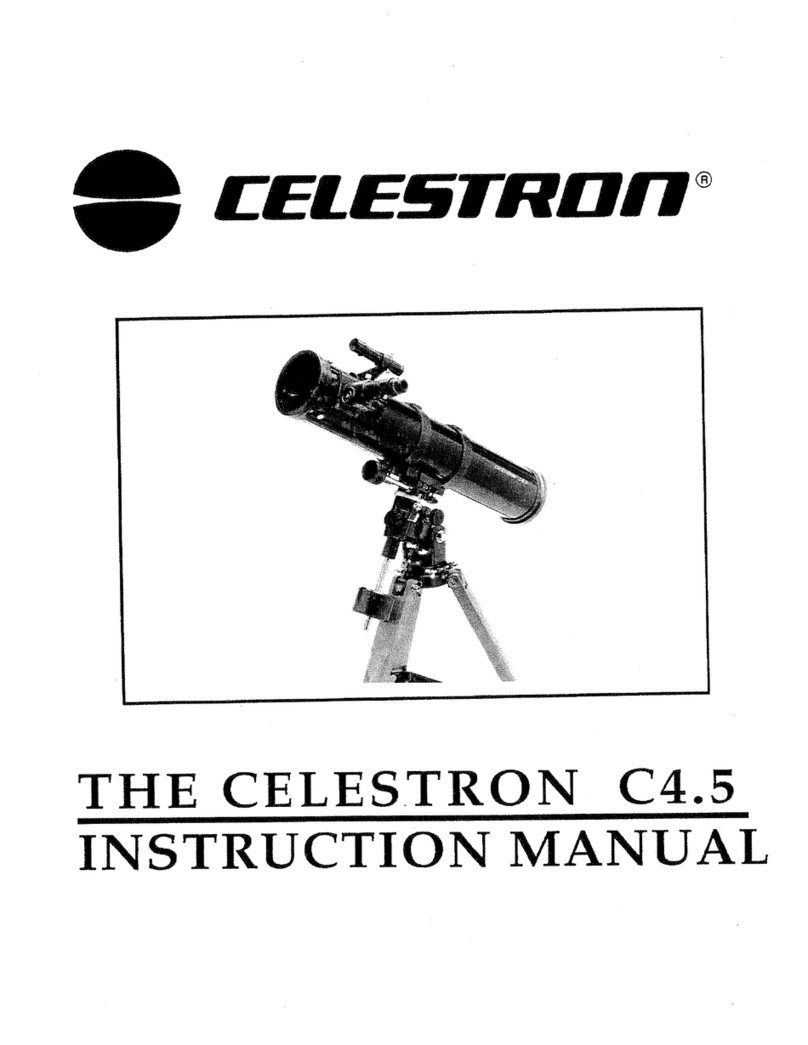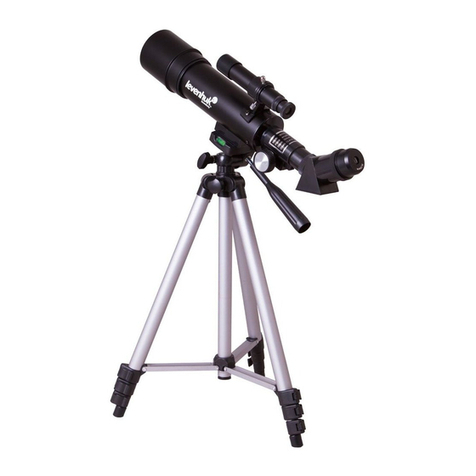Orion FUNSCOPE Safety guide
Other Orion Telescope manuals
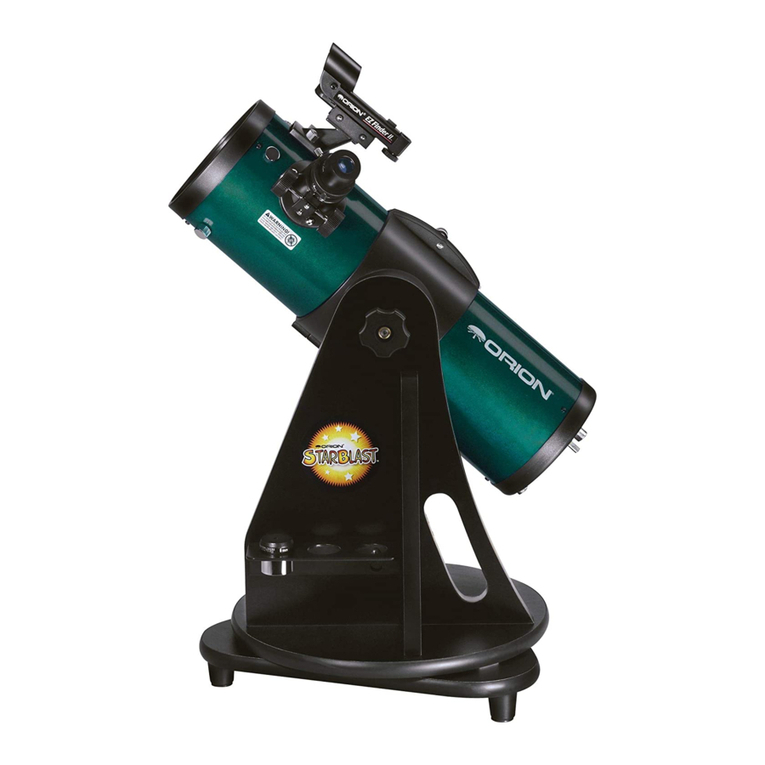
Orion
Orion StarBlast 4.5 User manual
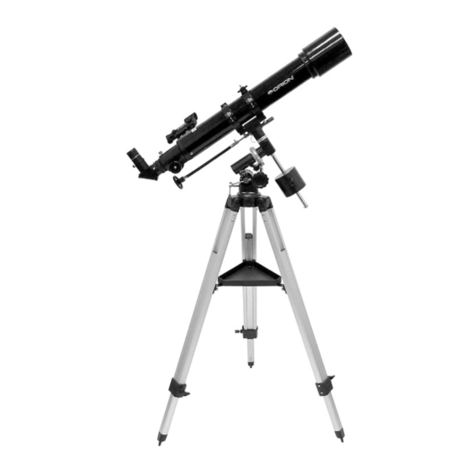
Orion
Orion Observer 70 EQ User manual
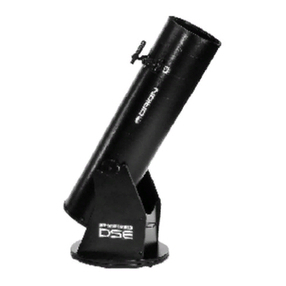
Orion
Orion 9931 User manual

Orion
Orion EON 115 User manual
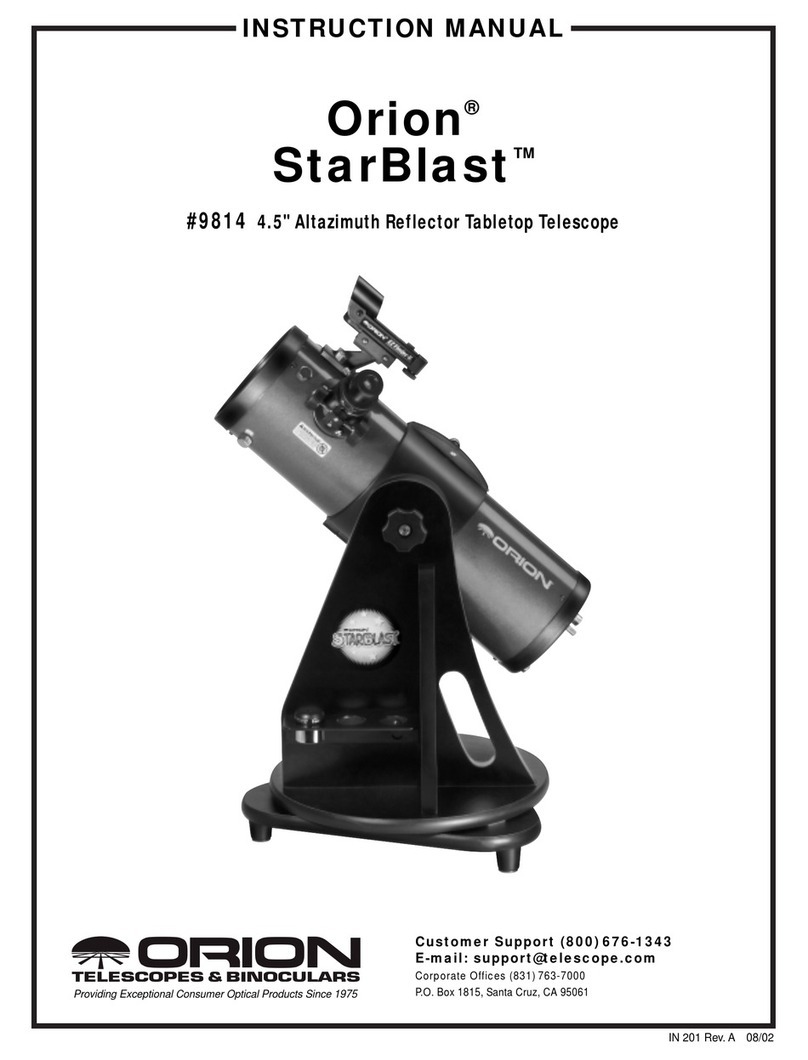
Orion
Orion STARBLAST 9814 User manual

Orion
Orion StarBlast 70 User manual
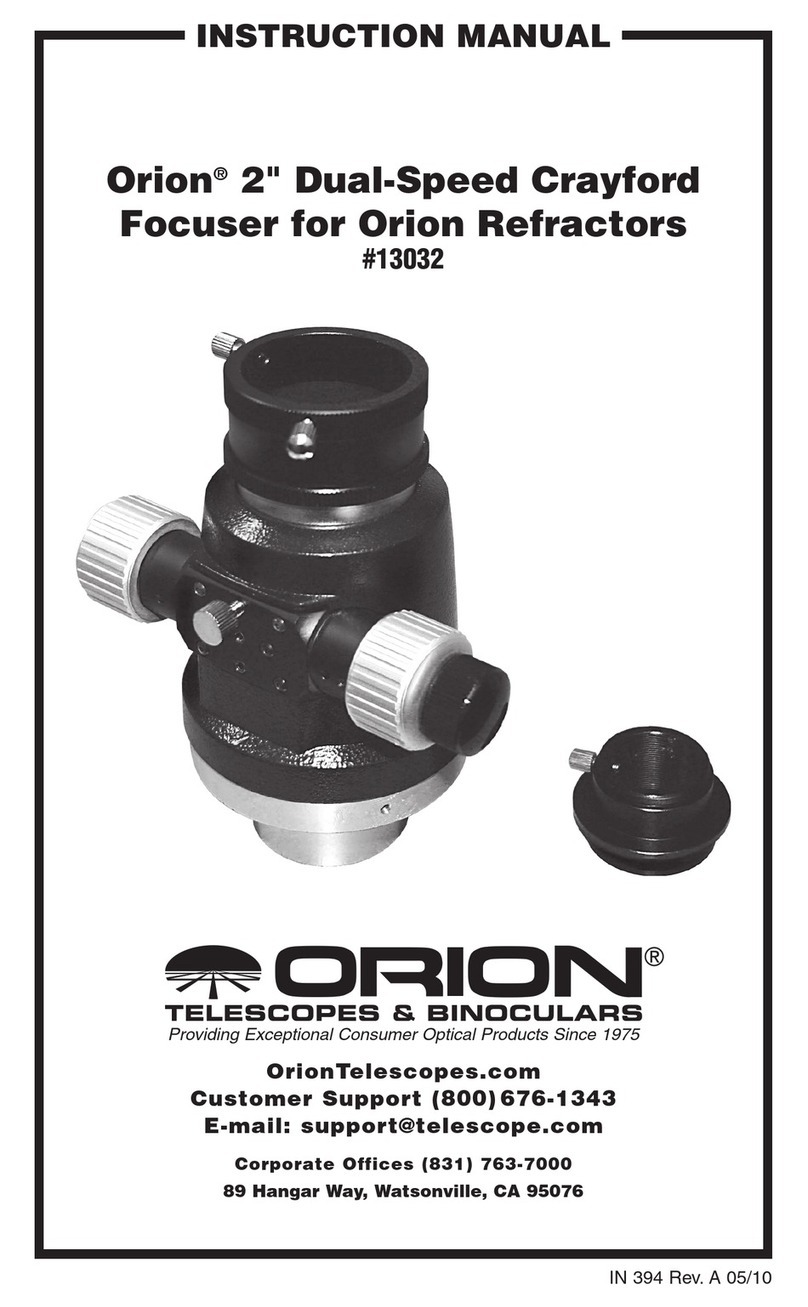
Orion
Orion 13032 User manual
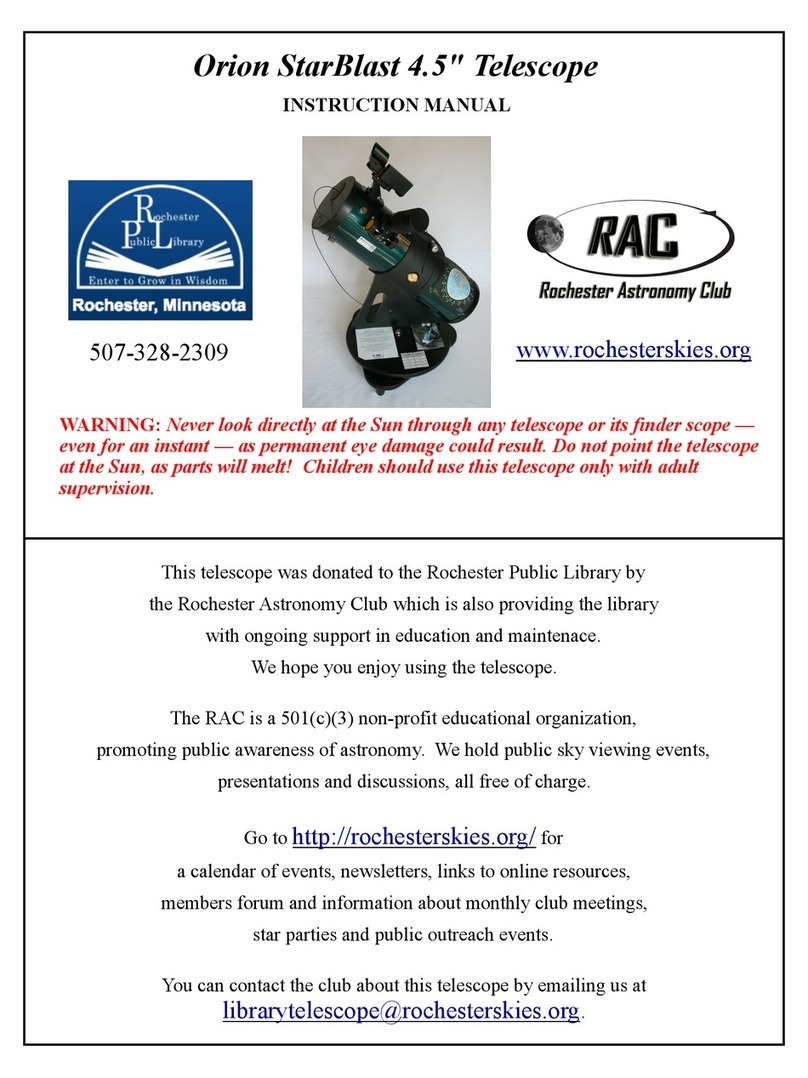
Orion
Orion STARBLAST User manual
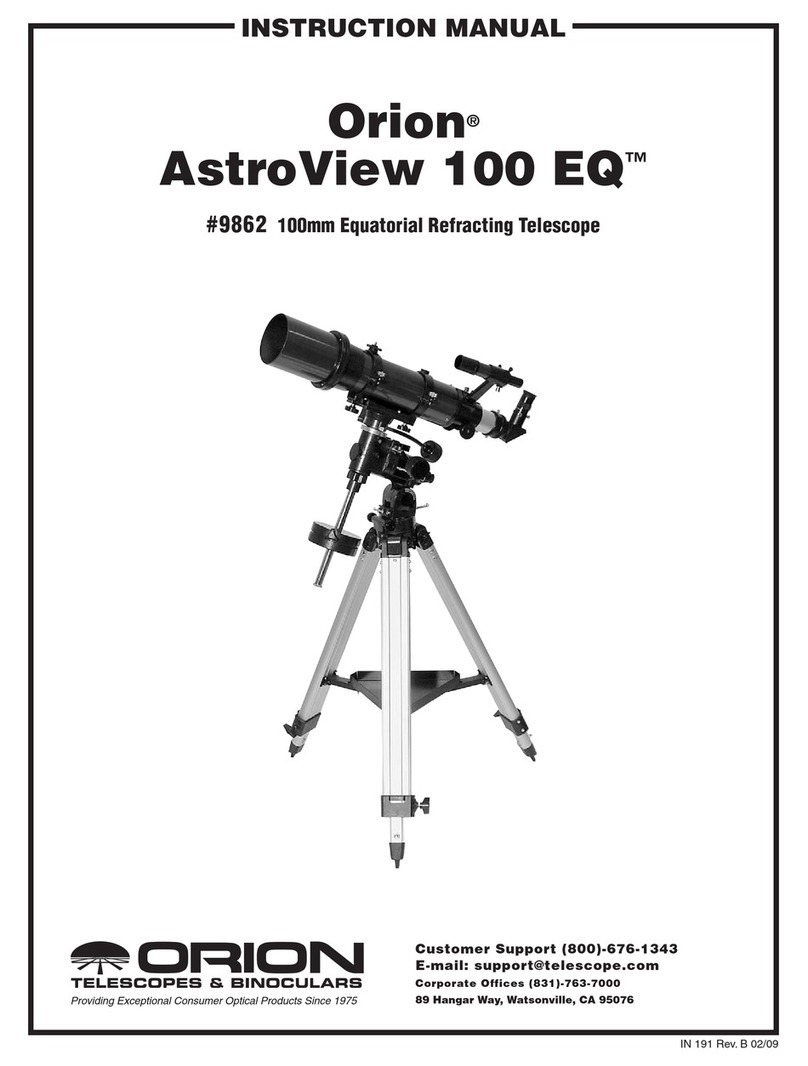
Orion
Orion AstroView 100 EQ User manual

Orion
Orion XT4.5 User manual
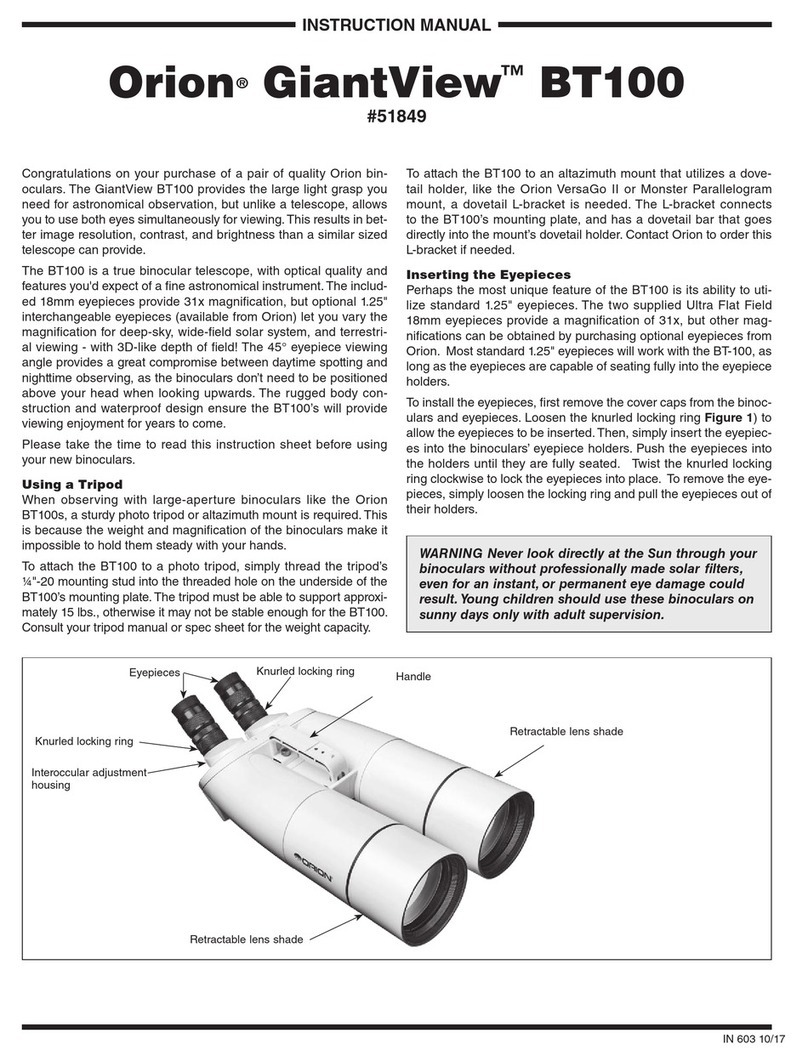
Orion
Orion GiantView BT100 User manual
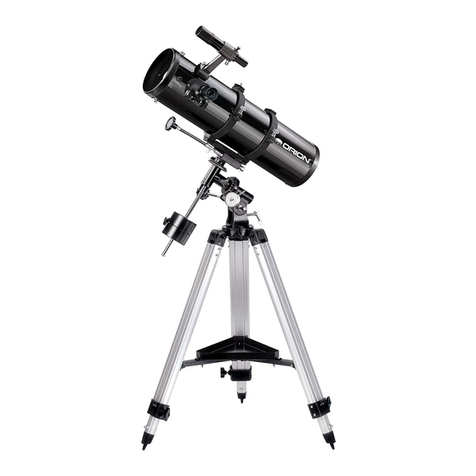
Orion
Orion SPACEPROBE 130mm EQ User manual
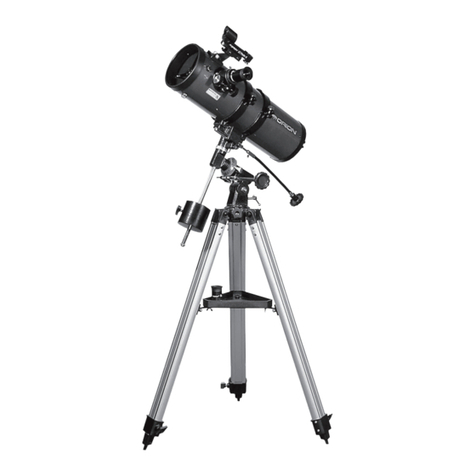
Orion
Orion StarBlast II 4.5 EQ User manual
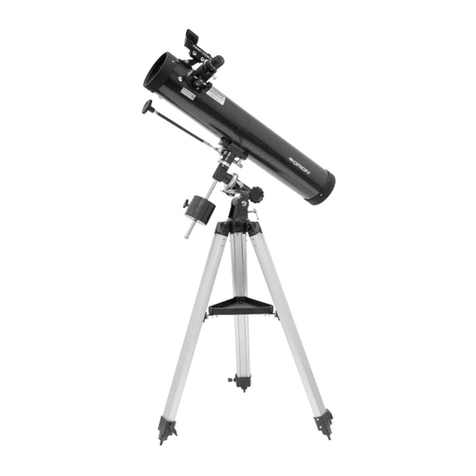
Orion
Orion SpaceProbe 3 EQ User manual
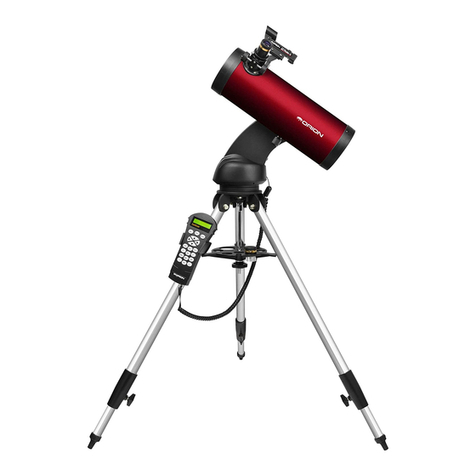
Orion
Orion StarSeeker IV User manual
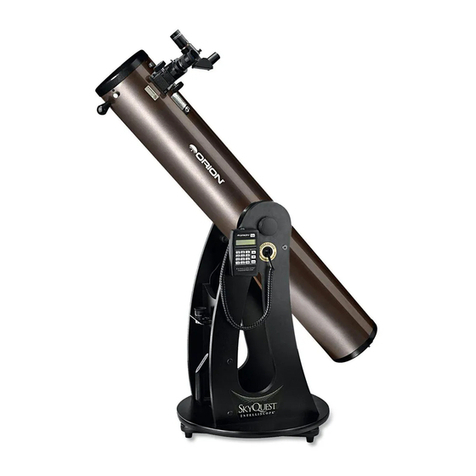
Orion
Orion SkyQuest IntelliScope XT10 User manual
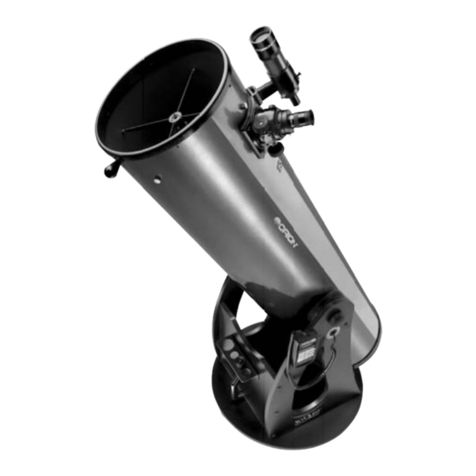
Orion
Orion SkyQuest XT12 IntelliScope User manual
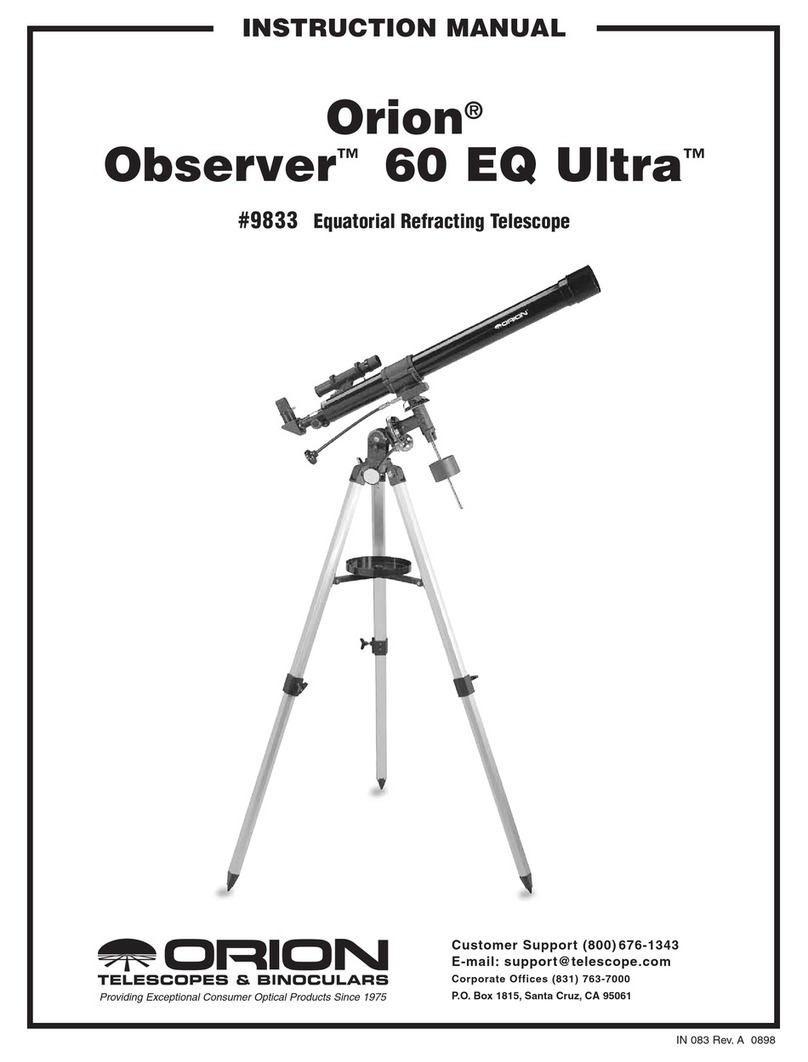
Orion
Orion Observer 60 EQ ultra User manual
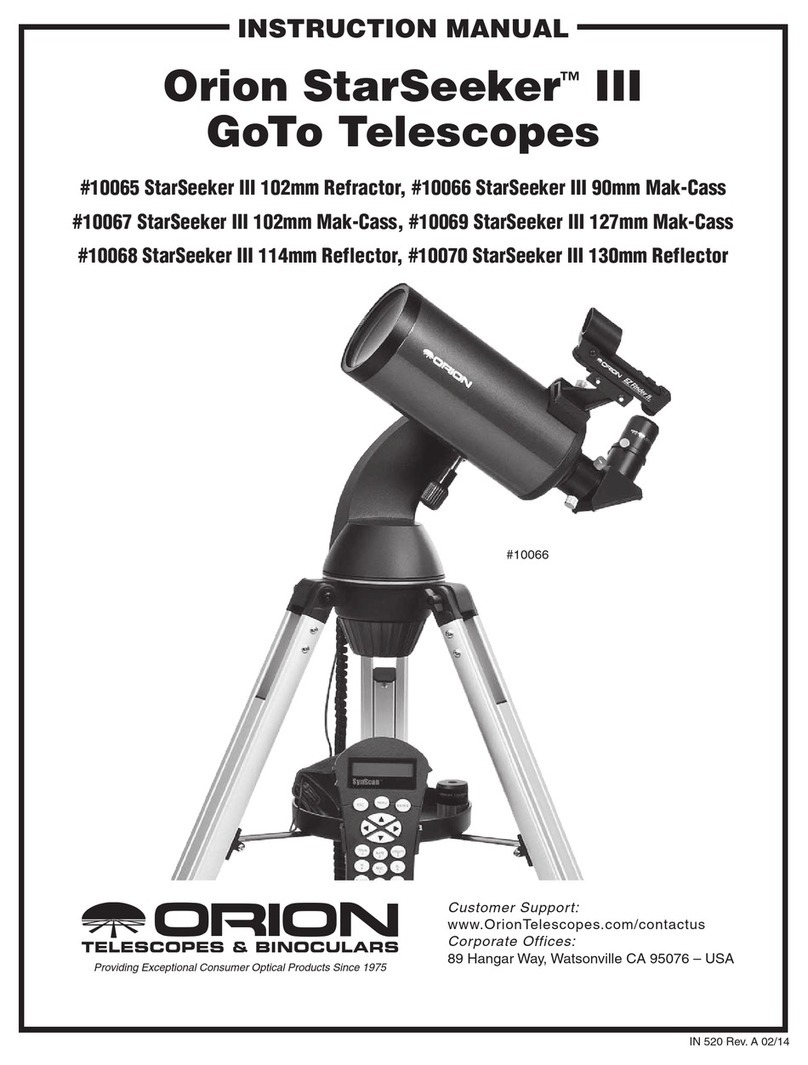
Orion
Orion 10067 StarSeeker III 102mm Mak-Cass GoTo User manual
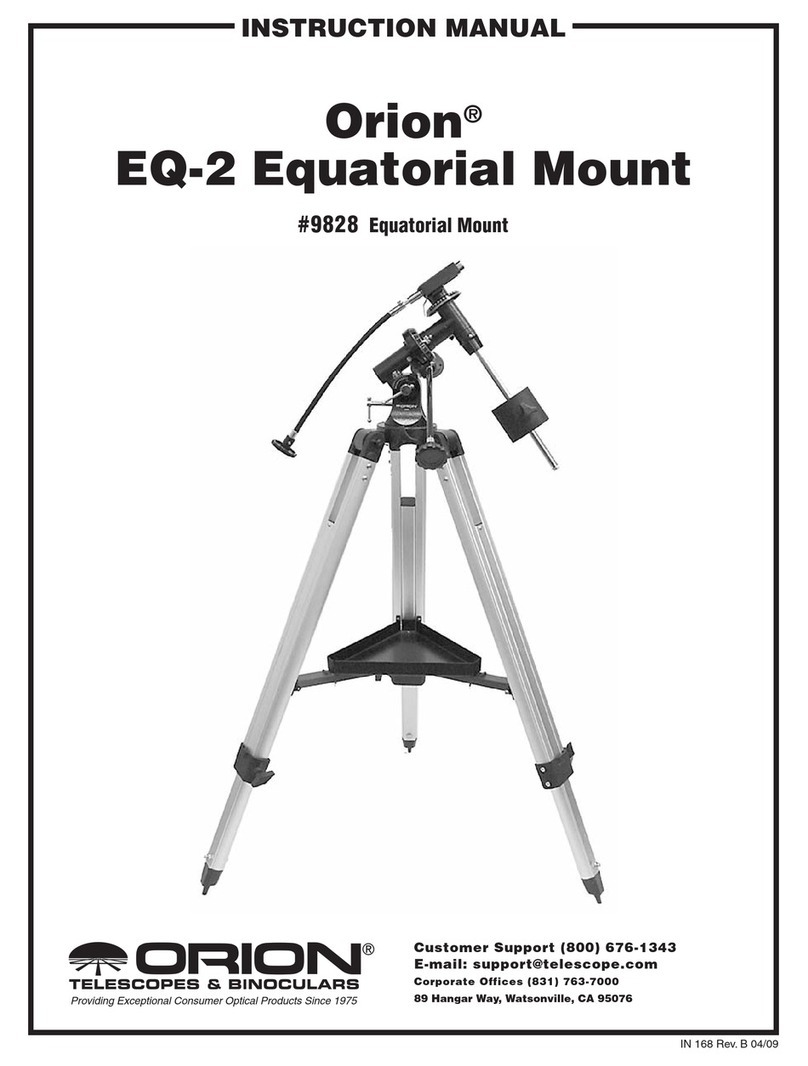
Orion
Orion 9828 User manual
